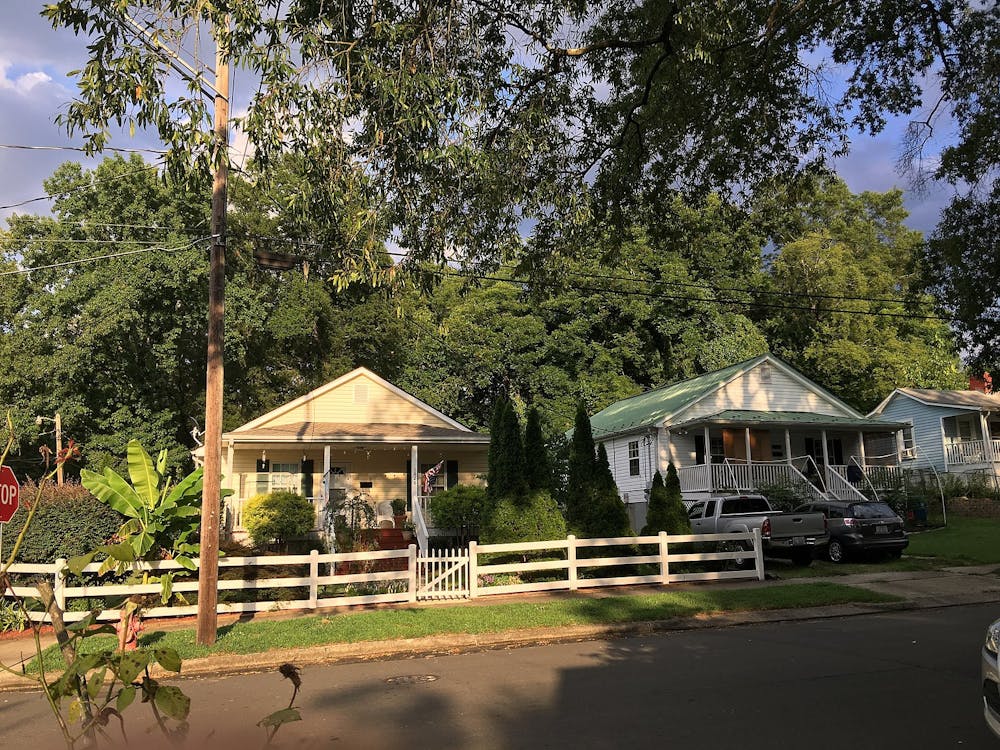Months after Duke researchers discovered high lead levels in three Durham parks located in historically Black neighborhoods, the City is taking action.
According to a memo released by the City on Aug. 3, samples from East Durham Park, Walltown Park and an area in East End Park that is not accessible to the public contain lead levels above the U.S. Environmental Protection Agency’s maximum threshold.
These findings confirm a December report by former master’s student Enikoe Bihari, Nicholas ‘22, in a paper supervised by Dan Richter, professor of soils and forest ecology at the Nicholas School of the Environment.
However, the City may have known about the results of the internal Duke report months in advance.
Richter had alerted two top City parks officials, Tom Dawson and Robert Jennings, as early as November 2022 and contacted them throughout the spring with “increasing levels of urgency.” On June 5, Durham Parks Director Wade Walcutt asked Toddi Steelman, dean of the Nicholas School of the Environment, not to disclose the data to the public until the city had cleared it, but Steelman declined.
The community association of the Walltown neighborhood held a meeting on June 12 to discuss the December findings, after a neighborhood resident discovered the report on their own.
Richter spoke at the meeting, explaining how his various studies of lead hotspots had prompted him to take a closer look at Durham parks that were built over now-defunct waste incinerators from the late 1930s.
The report indicated that the median lead level in the soil across the three parks was 93 parts per million, with the average being 201 parts per million. East Durham Park, which is located near an apartment building, had lead levels ranging from 694 to 2,342 parts per million.
During the meeting, Richter suggested that the City add fencing along the parks' creeksides and bury the contaminated surfaces with clean soil to allow new grass to grow on top. He also suggested that the City invest in X-ray fluorescent screenings for all parks older than 1960.
Following the meeting, the City hired Mid-Atlantic Associates, an engineering and environmental consulting firm, and created a timeline to begin formal testing of soil samples taken from Durham’s playground areas, Lyon Park, Northgate Park, East End Park, East Durham Park and Walltown Park.
These tests intended to “build upon the data initially collected by the former Duke student by going beyond their initial research and using industry best practice tools and methodology approved and supported by the EPA and the NCDEQ.”
Based on the preliminary findings, the City has erected fences and “detailed signs” in the sample areas with dangerously high lead levels. The City will also hold three “in-person community conversations and engagement opportunities,” according to the memo.
Soil collection began the week of July 17 and has now concluded. The samples are currently undergoing laboratory analysis to “provide precise conclusions,” with a final report expected by Aug. 15.
Get The Chronicle straight to your inbox
Signup for our weekly newsletter. Cancel at any time.

Audrey Patterson is a Trinity sophomore and local and national news editor of The Chronicle's 119th volume.

